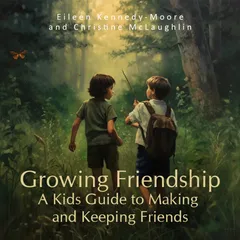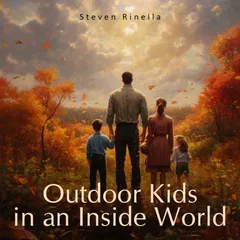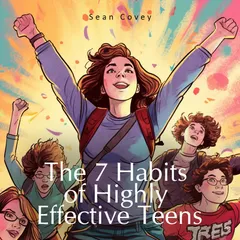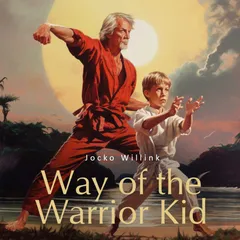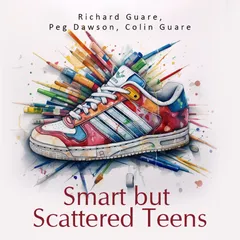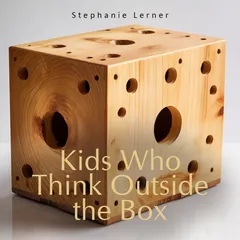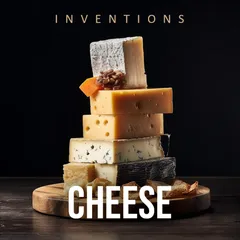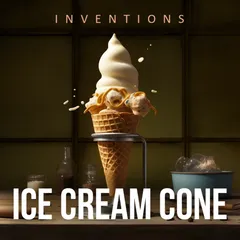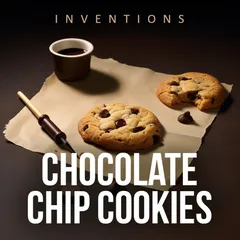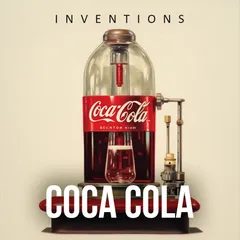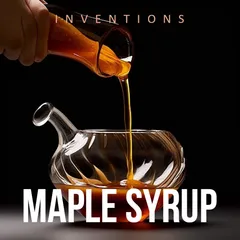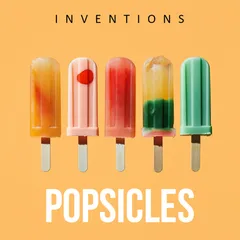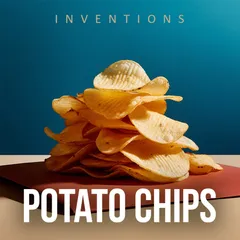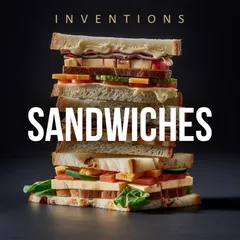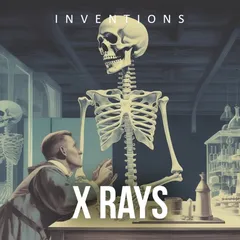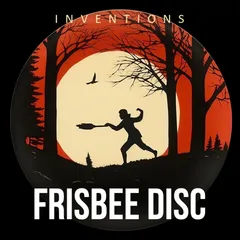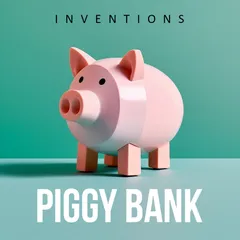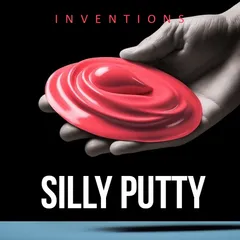A Plan to Recycle the Unrecyclable
Welcome back, incredible BookDuck fans! You've probably heard stories about when people recycle non recyclable things and create new ones. But do you know how to do it? Ashton Cofer knows how to recycle the unrecyclable and does it with his team. Let’s listen to his speech at Ted Talk.
Ashton starts his performance with one of his failures. It was an ordinary Saturday when Ashton's dad mowed the lawn outside, his mom folded laundry upstairs, his sister did her homework in her room, and Ashton played video games in the basement. And when Ashton went upstairs to get something to drink, he looked out the window and realized that he had to do something, and he saw a terrible thing. His father's grill was on fire.
No, it wasn't his family's dinner on fire. It was his scientific project.
Flames blazed, smoke hung in the air, and it seemed that their wooden deck was about to catch fire. Ashton immediately started screaming. His mom was furious, his dad ran to put out the fire, and sure enough, his sister started making Snapchat videos.
And that was just the beginning of his team's science project. Ashton’s team is composed of him and three other students.
They competed in FIRST LEGO League which is an international LEGO robotics competition for kids, and in addition to a robotics game, Ashton’s team also worked on a separate science project, and this was the project that they were working on.
So the idea for this project all started when a few months earlier, a couple of Ashton’s teammates took a trip to Central America and saw beaches littered with Styrofoam, or expanded polystyrene foam. And when they came back and told other teammates about it, they started thinking about how they see Styrofoam every day. Get a new flat-screen TV? You end up with a block of Styrofoam bigger than the TV itself.
Drink a cup of coffee? Well, those Styrofoam coffee cups are surely going to add up. And where do all these items go after their one-time use? Since there aren't any good existing solutions for used Styrofoam, almost all of them end up right in the landfill, or the oceans and beaches, taking over 500 years to degrade. And, every year, the US alone
produces over two billion pounds of Styrofoam, filling up a staggering 25 percent of landfills. So why do people have these ghost accumulations of Styrofoam waste?
Why can't we just recycle them like many plastics? Well, simply put, recycled polystyrene is too expensive and potentially contaminated, so there is very little market demand for Styrofoam that has to be recycled. And as a result, Styrofoam is considered a nonrenewable material, because it is neither feasible nor viable to recycle polystyrene. And in fact, many cities across the US have even passed ordinances that simply ban the production of many products containing polystyrene, which includes disposable utensils, packing peanuts, takeout containers, and even plastic beach toys, all products that are very useful in today's society.
And now France has become the first country to completely ban all plastic utensils, cups, and plates. But what if we could keep using Styrofoam and keep benefiting from its cheap, lightweight, insulating, and excellent packing ability, while not having to suffer from the repercussions of having to dispose of it?
What if we could turn it into something else that's useful? What if we could make the impossible possible
Ashton’s team hypothesized that we could use the carbon that's already in Styrofoam to create activated carbon, which is used in almost every water filter today. And activated carbon works by using very small micropores to filter out contaminants from water or even air.
So they started by doing a variety of heating tests, and unfortunately, they had many failures. Nothing worked. Besides Ashton’s dad's grill catching on fire, most of their samples vaporized into nothing, or exploded inside expensive furnaces, leaving a sticky mess.
They were so saddened by their failures that they almost gave up. So why did they keep trying when all the adults said it was impossible? Well, maybe it's because they are kids, and don't know any better.
But the truth is, these kids kept trying because they thought it was still possible. Ashton and his team knew that if they were successful, they would be helping the environment and making the world a better place.
So they kept trying and failing. They were so ready to give up. But guess what? With the right temperatures, times, and chemicals, they finally got that successful test result showing that they had created activated carbon from Styrofoam waste. And at that moment, the thing that had been impossible all of a sudden wasn't. It showed that although Ashton and his team had many failures at the beginning, they were able to persevere through them to get the test results that they wanted. Moreover, not only were they able to create activated carbon for purifying water, but they were also able to reduce Styrofoam waste, solving two global problems with just one solution. So from then on, they were inspired to take their project further, performing more tests to make it more effective and testing it in real-world situations. The team then proceeded to receive funding from the NSTA's eCYBERMISSION STEM-in-Action program sponsored by the US Army, as well as FIRST Global Innovation Awards sponsored by XPRIZE. And they were also honored with the Scientific American Innovator Award from Google Science Fair.
And using these funds, these kids plan to file a full patent on our process and continue to work on our project.
To sum up, we can say that although they started with catching Ashton’s dad's grill on fire and failing so many times that they almost quit, it was well worth it when they look back at it now.
They took a problem that many people said was impossible and these smart guys made it possible. They learned that you can't have success without a little, or a lot, of failure. So in the future, don't be afraid if your grill goes up in flames, because you never know when your idea might just catch fire.

